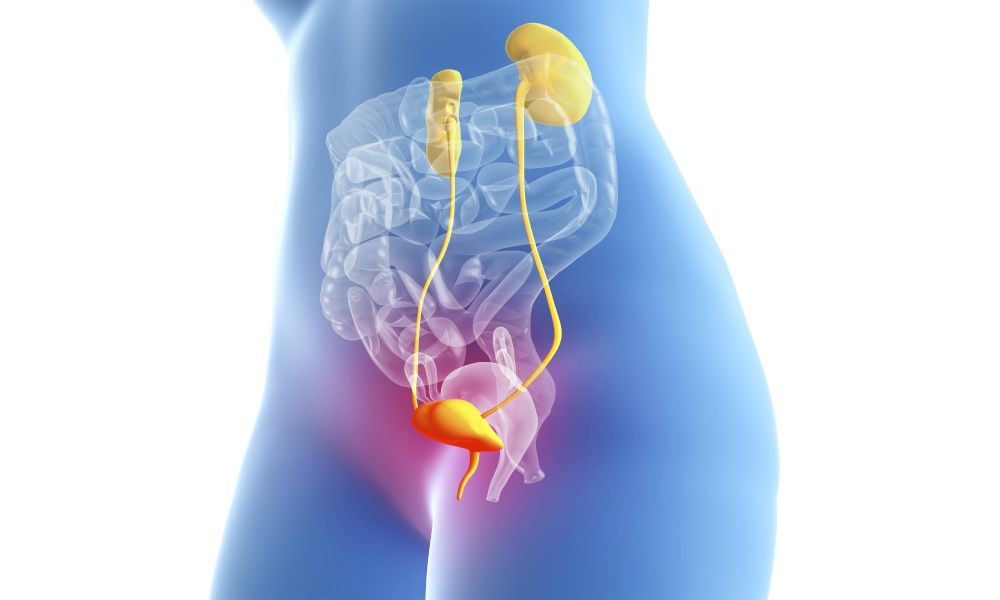Pycnogenol pine bark extract outperforms cranberry extract in relieving recurrent urinary tract infections in new study
The study found that daily supplementation with Pycnogenol reduced the occurrence of urinary tract infections and decreased painful symptoms associated with UTIs.
In a head-to-head pilot study1 on urinary tract infections (UTI), Pycnogenol, a branded French maritime pine bark ingredient from Horphag Research (Hoboken, NJ), outperformed cranberry extract at relieving recurrent UTIs.
The open pilot registry study was conducted over two months in 64 subjects with previous, recurrent UTIs or who had symptoms indicating interstitial cystitis (IC). Recurrent UTIs are defined as having at least three UTI episodes in the previous year or two UTI episodes in the past six months, or when a person experiences symptoms of mild-to-moderate intensity that last fewer than three days and do not require hospitalization.
Subjects were also included if they had symptoms indicating a condition like IC, which is a painful and often chronic disorder of the bladder that may not show bacterial occurrence in urinalysis but that can result in “serious sensory lower urinary tract symptoms and pelvic pain.” According to researchers, UTI symptoms may indicate a patient has IC. IC is estimated to occur in 3%-6% of adult women. “IC is not caused by bacteria or viruses, but instead it is described as having different potential etiologies, such as autoimmune processes, vascular occlusions, hormonal, or psychogenic factors,” they wrote.
All subjects in the study had significant symptoms at the start, including minor pain, stranguria (slow, painful urination), repeated need for urination, and lower, anterior abdominal pain.
For 60 days, subjects either received 150 mg/day of Pycnogenol (an extract of Pinus pinaster standardized to 65%-75% procyanidin content) or 400 mg/day of cranberry extract (Vaccinium macrocarpon containing 38 mg proanthocyanidins), or followed a control protocol without supplementation. The control group followed a standard management routine comprising accurate hygiene, improved bladder care, hydration, mild exercise, and avoidance of excess caffeine, spices, and alcohol.
Throughout the study, subjects reported any symptoms of UTI or IC, including duration, intensity, and outcome. Presence of increased bacterial charge was assessed by urinalysis. Laboratory measurements were also performed throughout the study to evaluate safety, tolerability, and compliance of the interventions. Because the study was an open-label design, subjects were informed about the supplements, treatment, and management measures they received, which does open the possibility of a placebo effect.
Comparing the number of UTIs subjects experienced two months before the study’s start and two months after the study’s start, researchers found that while there was a significant decrease in the incidence of UTI symptoms in all three groups, the decrease in occurrence was more pronounced in the Pycnogenol group compared to the other two groups. Moreover, while the incidence of UTI symptoms decreased significantly in both the Pycnogenol and cranberry supplement groups, the rate of recurrent infections was significantly lower in the Pycnogenol group compared to the cranberry group.
The study also evaluated which subjects did not have an infection at the end of the study and the number showing normal values in urinalysis performed at the end of the study.
“At the end of the study, all subjects in the Pycnogenol group were infection-free (p<0.05 vs. cranberry),” the researchers wrote. “Significantly, more subjects were completely symptom-free after two months of management with Pycnogenol (20/22) than with standard management (18/22) and cranberry (16/20).”
They concluded: “This pilot registry suggests that 60 days of Pycnogenol supplementation possibly decrease[s] the occurrence of UTIs and IC without side effects and with an efficacy superior to cranberry.”
The study found additional benefits of Pycnogenol, including a decrease in oxidative stress in patients with IC, which was determined by measuring plasma free radical concentration from blood samples of fasting patients. Subjects also reported no problems with tolerability or side effects from supplementation.
“Patients who suffer from recurrent urinary tract infections often experience painful, disruptive symptoms, including pain, burning, and itching in the pelvic area, and a constant need to go to the bathroom. This study shows Pycnogenol, a natural ingredient, may reduce those symptoms,” said Steven Lamm, MD, a researcher, internist, and expert on sexual health, in a Horphag Research press release announcing the study results. “It is important that we reduce the use of antibiotics in the management of recurrent urinary tract disorders. This study presents a potential natural alternative to antibiotic use. Pycnogenol is known as an effective anti-inflammation agent. Important findings here…require further research.”
The researchers note that approximately half of women worldwide experience at least one UTI in their lifetime and that 25%-30% of women experience at least one episode of recurrent urinary tract infection. UTIs are also common in men, including those with benign prostatic hyperplasia, and can reoccur in those with lower urinary tract anomalies or anatomical variations.
Regarding antibiotic use in the study, the researchers explained: “According to common clinical practice, subjects with a history of minor symptoms of a single, initial episode of UTI received a single dose of the antibiotic fosfomycin (Monuril) and were included in the registry study. In case of more severe symptoms or recurrent-UTI, patients were treated with two doses in two days but were not included in the registry study. Subjects with urinary tract infections using other antibiotic treatments were also excluded from the study to have a homogeneous and comparable registry population.”
Reference
- Ledda A et al. “Pycnogenol® supplementation prevents recurrent urinary tract infections/inflammation and interstitial cystitis.” Evidence-Based Complementary and Alternative Medicine. Published online June 23, 2021.








